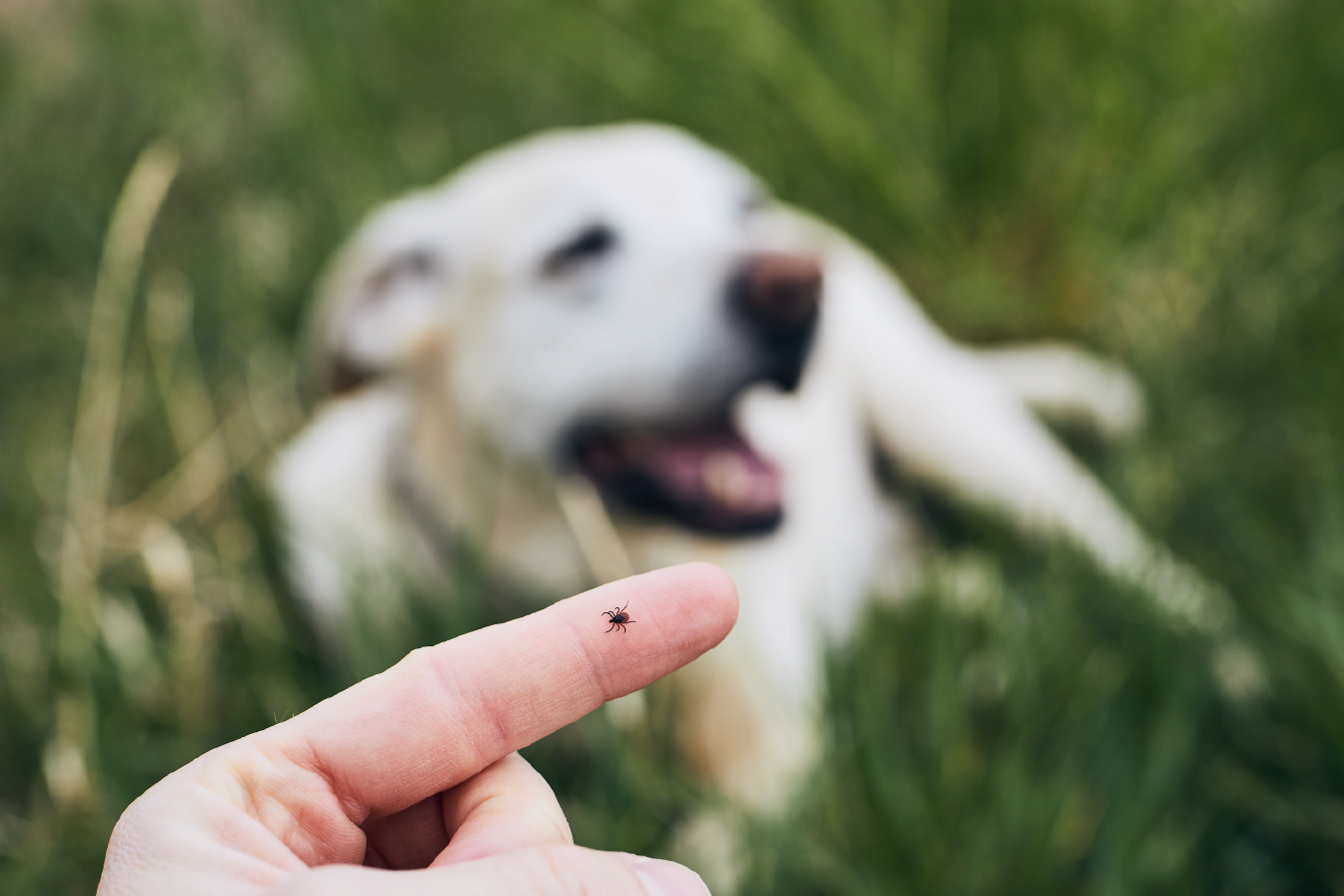Ticks are arachnids belonging to the order Parasitiformes and are intently related to spiders and mites. Those ectoparasites are infamous for their capability to transmit various illnesses to each animals and humans via their bites. Understanding their anatomy and lifecycle is vital in devising effective prevention and elimination strategies.
Ticks own specialised mouthparts designed for piercing the skin of their hosts and feeding on blood. Their mouthparts include systems together with the hypostome, which acts like a barbed anchor, permitting ticks to remain firmly connected to their hosts while feeding. Moreover, ticks secrete substances in their saliva that prevent blood clotting and suppress the host’s immune response, facilitating prolonged feeding.

Their lifecycle generally includes four ranges: egg, larva, nymph, and person. Eggs are normally laid in sheltered environments, which includes leaf clutter or the crevices of partitions and fixtures. Once hatched, larvae seek out a number for his or her first blood meal, normally a small mammal or chicken. After feeding, larvae molt into nymphs, which resemble smaller variations of adult ticks. Nymphs then are seeking out some other host for a blood meal earlier than molting into adults. Adult ticks require a final blood meal to reproduce, and women can lay heaps of eggs after feeding.
Information the lifecycle of ticks is essential for enforcing effective manage measures. As an instance, targeting larvae and nymphs at some stage in their questing intervals, once they actively search for hosts, can help lessen tick populations. Additionally, interrupting the lifecycle by means of preventing person ticks from feeding on hosts can help destroy the cycle of tick-borne sickness transmission.
Exceptional species of ticks have varying geographical distributions and possibilities for hosts. As an example, the black-legged tick, additionally referred to as the deer tick, is generally located in wooded areas and is a number one vector for Lyme disorder. Conversely, the american canine tick thrives in grassy habitats and frequently objectives home animals, while the lone superstar tick prefers forests and dense flora. Know-how the superiority and behavior of those species can help people examine their hazard of publicity and implement suitable preventive measures.
"Life is better with a furry friend by your side."
Similarly to their physical attributes and distribution patterns, it’s crucial to recognize the sicknesses transmitted by ticks. Lyme ailment, resulting from the bacterium Borrelia burgdorferi, is perhaps the maximum well-known tick-borne illness and may result in signs and symptoms together with fever, joint pain, and fatigue if left untreated. Rocky Mountain noticed fever, transmitted via the yank canine tick, can reason severe complications together with organ failure and neurological damage if not promptly diagnosed and treated. Babesiosis, another tick-borne sickness, affects red blood cells and may be in particular risky for immunocompromised people. Know-how these illnesses and their related signs is crucial for early detection and remedy.
Universal, gaining perception into tick anatomy, species variety, and disease transmission mechanisms is vital for growing powerful prevention and removal strategies. By means of educating oneself about ticks and their related risks, people can higher guard themselves and their pets from the dangers posed with the aid of those parasitic arachnids.




